The orca Keto, infamously known for fatally attacking his trainer and being involved in controversial breeding programs, has died at the age of 29 after spending his entire life in captivity.
Keto’s life began in confinement, born in 1995 at SeaWorld Orlando as part of the corporation’s controversial orca breeding program, which was heavily criticized by animal rights groups and activists, including PETA. This program, long accused of exploiting marine mammals for entertainment, eventually came to an end due to the mounting backlash and public awareness of the ethical concerns surrounding captive orca care.
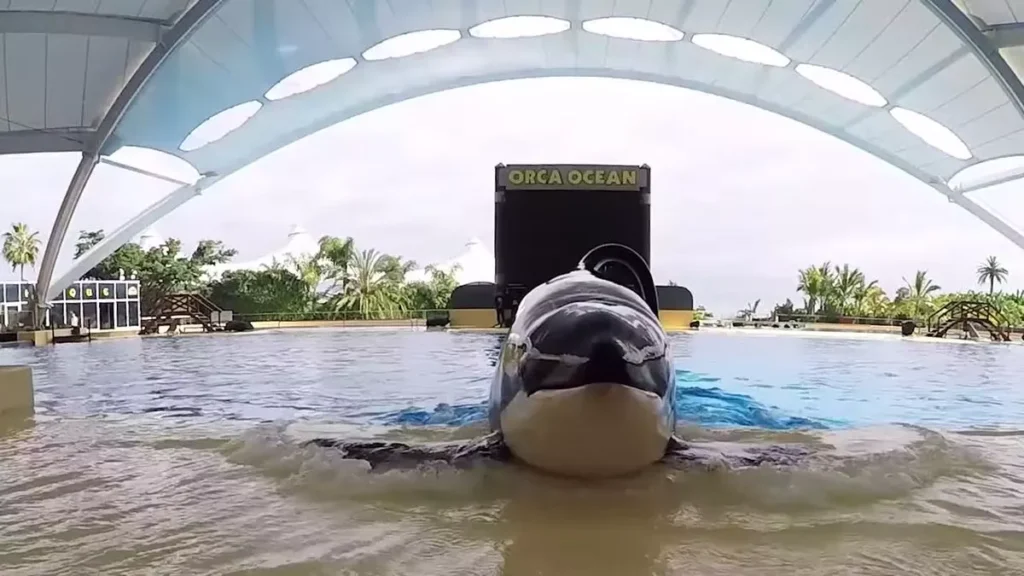
Keto’s early life was marked by frequent relocations and separation from his family pod, a common practice in marine parks despite its damaging psychological effects on such highly social animals. At just four years old, Keto was transferred from SeaWorld Orlando to SeaWorld Ohio and later to SeaWorld San Antonio, before being sent to Loro Parque in Spain, where he remained for the rest of his life.
During his time in captivity, Keto was not only used for public performances but also as part of continued breeding programs. He fathered three calves: Adán, Victoria, and Ula. His offspring were born under controversial circumstances, as Adán and Victoria were born from Keto’s half-niece Kohana, highlighting the unnatural and inbred conditions of orca breeding in captivity. Tragically, most of his calves did not survive beyond infancy. Only Adán remains alive today, still held at Loro Parque, continuing the cycle of confinement Keto experienced his entire life.
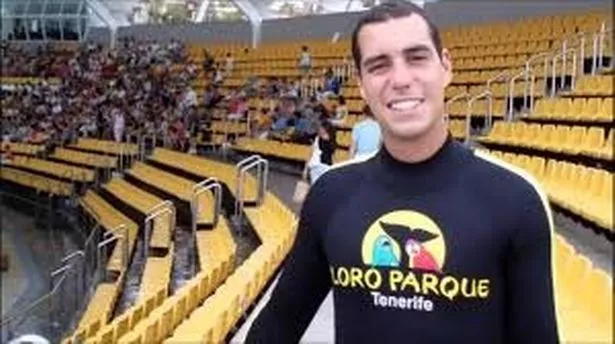
The Fatal Incident That Shocked the World
Keto’s life in captivity reached a grim turning point in December 2009 during a training session at Loro Parque. The orca was involved in the tragic death of his trainer, 29-year-old Alexis Martinez. Martinez was fatally attacked during a rehearsal for a Christmas show. The incident was particularly alarming as a senior trainer from SeaWorld had reportedly been present at the facility during the rehearsal.
The attack was described in horrifying detail in reports, with Keto fatally ramming Martinez and even being described as playing with his lifeless body afterward. Following the tragedy, SeaWorld publicly distanced itself from Loro Parque, despite the park still holding orcas from SeaWorld’s original breeding program.
The incident brought renewed attention to the psychological impact captivity has on orcas. Orcas are highly intelligent, emotionally complex creatures with deep social bonds in the wild. Keto’s behavior leading up to the attack was reported to have shown signs of significant psychological distress, including repetitive behaviors linked to stress, such as chewing on the concrete of his enclosure. This self-destructive activity resulted in permanent dental damage and highlighted the mental suffering associated with captivity.
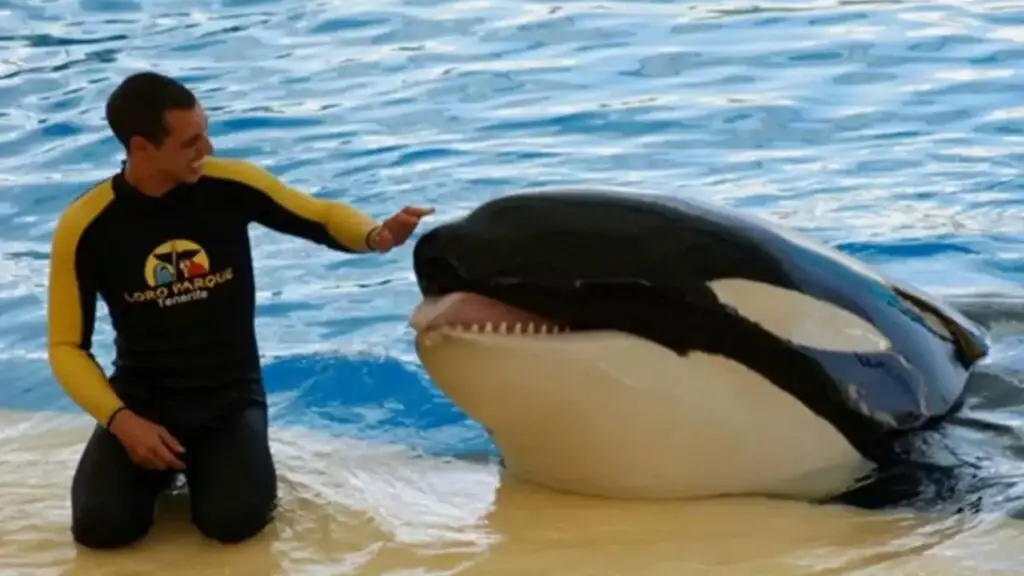
Psychological and Physical Impact of Captivity
Keto’s decline was part of a broader issue linked to keeping orcas and other large marine animals confined for human entertainment. Experts and activists have long argued that the conditions in marine parks fail to meet the physical, emotional, and social needs of such creatures.
John Hargrove, a former senior trainer at SeaWorld and author, has been vocal about the consequences of keeping orcas in captivity. Writing for PETA, he explained:
“Confined in shallow, featureless tanks with minimal stimulation, orcas experience chronic psychological distress. Separated from their families, unable to roam freely, and subjected to relentless stress, they can become confused, agitated, and sometimes violent, even towards their trainers.”
These statements align closely with what was observed in Keto’s life. Despite being a powerful apex predator in the wild, where male orcas can live beyond 60 years, Keto’s existence was confined to limited space, with restricted social interaction, and his health deteriorated well before reaching his natural lifespan.
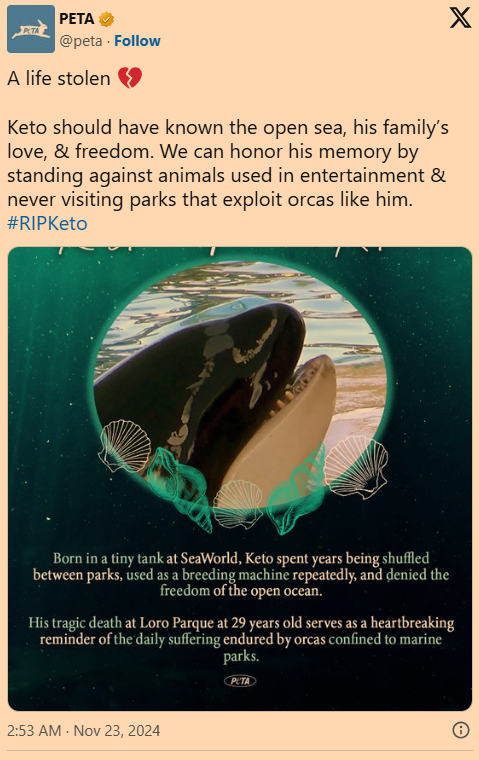
The Final Days and Ongoing Activism
Keto’s death was reported just days after he showed noticeable signs of discomfort and declining health, as confirmed by park officials. The circumstances of his passing further fueled criticism from animal welfare organizations, particularly PETA, which has been outspoken against the captivity of orcas and other marine life.
PETA released a scathing statement following the orca’s death:
“Keto was robbed of his natural life. He never got the chance to swim in the open ocean, explore great depths, or bond with his pod as he would have in the wild. Loro Parque and SeaWorld stripped him of every aspect of a natural existence. His death should not be forgotten—it must serve as a reminder to end the exploitation of marine animals for profit.”
The organization urged the public to educate themselves on Keto’s tragic life and take a stand against the continued captivity of marine mammals in theme parks.
Ethical Debate Over Marine Parks and Orca Welfare
Keto’s story is not unique but part of a broader pattern seen across marine parks worldwide. While some parks argue that their captive breeding programs contribute to conservation efforts, animal rights activists continue to challenge this narrative, emphasizing that breeding for entertainment purposes offers no genuine conservation benefits.
The psychological damage, shortened lifespans, and abnormal behaviors observed in captive orcas, including Keto, continue to fuel global campaigns urging facilities to retire marine animals to ocean sanctuaries where they can live out their lives with dignity.
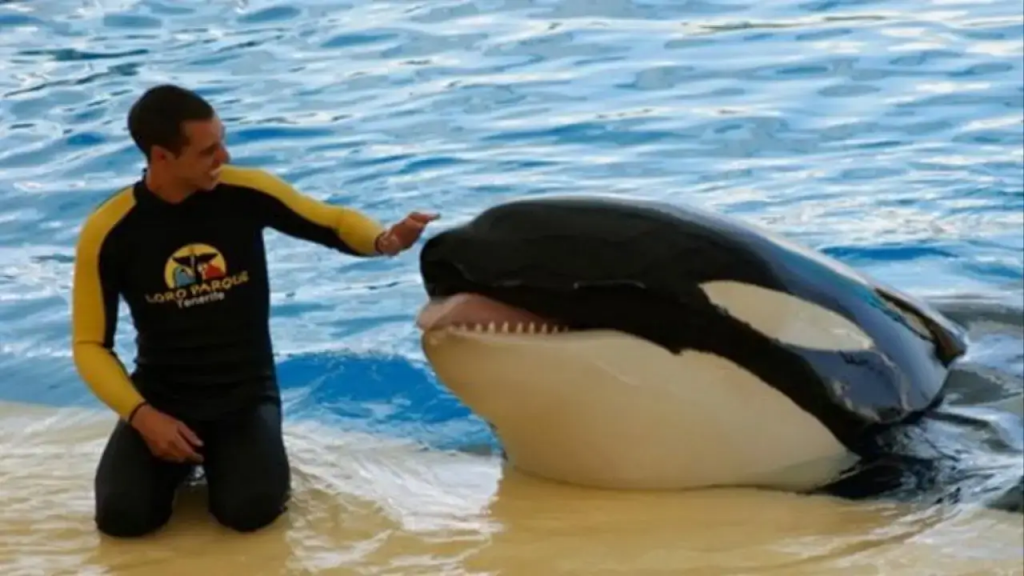
SeaWorld’s controversial practices have faced a significant shift in public perception, especially following documentaries such as Blackfish, which brought international attention to the ethical issues of keeping orcas in captivity.
Though Keto’s life has come to a tragic end, the fight for orca welfare continues. His legacy stands as a stark reminder of the consequences of confining intelligent, sentient beings for profit and entertainment.